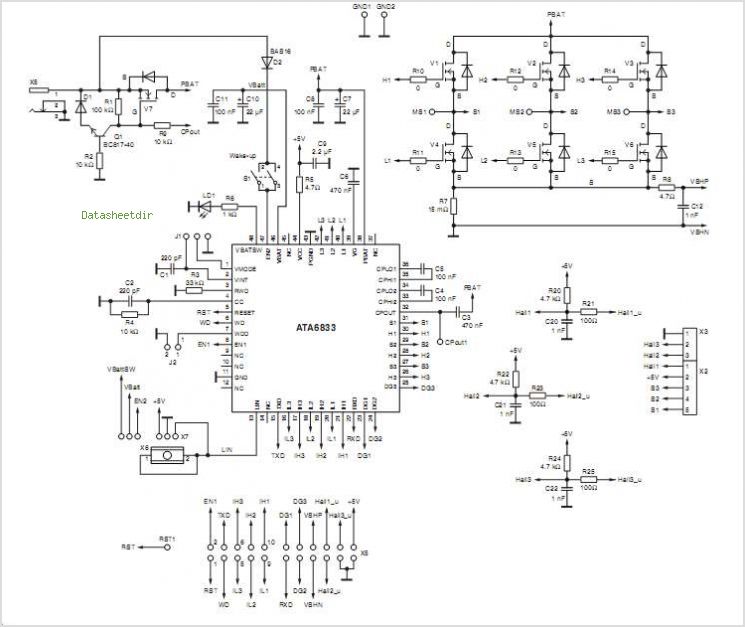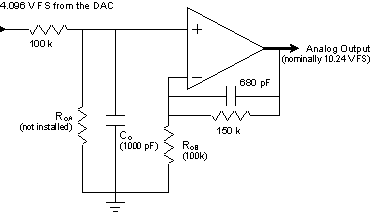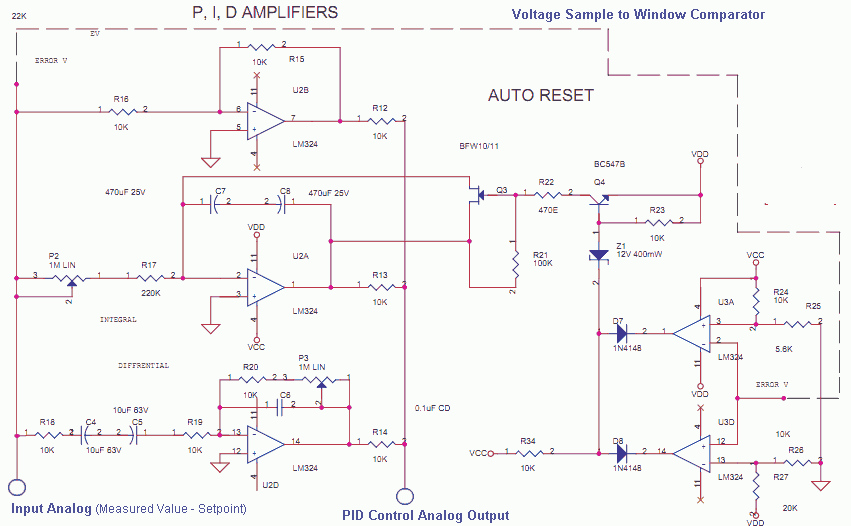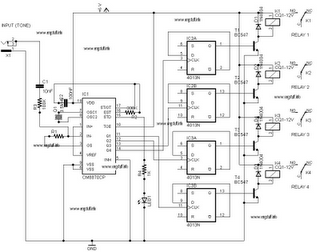
Bldc Motor Control Kit With Ata6833/ Ata6834

The T7024 is a single-supply front-end integrated circuit (IC) specifically designed for applications within the 2.4 GHz to 2.5 GHz frequency band. This front-end configuration includes a Power Amplifier (PA), a Low-Noise Amplifier (LNA), and a switch driver for a PIN diode antenna switch. The T7024 is compatible with Time Division Multiple Access (TDMA) systems such as Bluetooth and Wireless Digital Communication Technology (WDCT). The LNA and PA can operate simultaneously, allowing the T7024 to support various modulation systems when the antenna switch is not in use. A block diagram of the T7024 is illustrated in Figure 1.
The T7024 is engineered to facilitate efficient signal processing in wireless communication systems operating at 2.4 GHz to 2.5 GHz. Its integrated design minimizes the need for external components, thus reducing overall system complexity and enhancing reliability. The Power Amplifier (PA) is optimized to provide high output power while maintaining linearity, which is crucial for minimizing distortion in transmitted signals.
The Low-Noise Amplifier (LNA) is designed to amplify weak incoming signals, ensuring that the system can effectively receive data even in environments with significant noise. The LNA operates with a low noise figure, which is essential for maximizing the signal-to-noise ratio (SNR) in the received signal.
The switch driver for the PIN diode antenna switch allows for seamless transitions between transmission and reception modes, optimizing the performance of the antenna system. This feature is particularly important in TDMA applications where time slots for transmission and reception are strictly defined.
The T7024's ability to operate the LNA and PA simultaneously is a notable advantage, as it allows for continuous monitoring of incoming signals while preparing for transmission. This dual functionality is beneficial for applications requiring quick response times, such as Bluetooth communications.
In summary, the T7024 front-end IC represents a versatile solution for 2.4 GHz to 2.5 GHz applications, providing essential components for efficient signal amplification and switching in wireless communication systems. Its compliance with TDMA standards and support for various modulation schemes make it suitable for a wide range of applications, from consumer electronics to industrial communication systems.The T7024 is a single supply front-end IC especially designed for applications in the 2. 4 GHz to 2. 5 GHz frequency band. The front end consists of a Power Amplifier (PA), a Low-Noise Amplifier (LNA) and a Switch driver for a PIN Diode Antenna Switch The T7024 is compliant with TDMA systems such as Bluetooth, WDCT. Since the LNA and the PA CAN b e operated at the same time, the T7024 is also open to other modulation systems when the Antenna Switch is not needed. The block diagram of the T7024 is shown in Figure 1. 🔗 External reference
The T7024 is engineered to facilitate efficient signal processing in wireless communication systems operating at 2.4 GHz to 2.5 GHz. Its integrated design minimizes the need for external components, thus reducing overall system complexity and enhancing reliability. The Power Amplifier (PA) is optimized to provide high output power while maintaining linearity, which is crucial for minimizing distortion in transmitted signals.
The Low-Noise Amplifier (LNA) is designed to amplify weak incoming signals, ensuring that the system can effectively receive data even in environments with significant noise. The LNA operates with a low noise figure, which is essential for maximizing the signal-to-noise ratio (SNR) in the received signal.
The switch driver for the PIN diode antenna switch allows for seamless transitions between transmission and reception modes, optimizing the performance of the antenna system. This feature is particularly important in TDMA applications where time slots for transmission and reception are strictly defined.
The T7024's ability to operate the LNA and PA simultaneously is a notable advantage, as it allows for continuous monitoring of incoming signals while preparing for transmission. This dual functionality is beneficial for applications requiring quick response times, such as Bluetooth communications.
In summary, the T7024 front-end IC represents a versatile solution for 2.4 GHz to 2.5 GHz applications, providing essential components for efficient signal amplification and switching in wireless communication systems. Its compliance with TDMA standards and support for various modulation schemes make it suitable for a wide range of applications, from consumer electronics to industrial communication systems.The T7024 is a single supply front-end IC especially designed for applications in the 2. 4 GHz to 2. 5 GHz frequency band. The front end consists of a Power Amplifier (PA), a Low-Noise Amplifier (LNA) and a Switch driver for a PIN Diode Antenna Switch The T7024 is compliant with TDMA systems such as Bluetooth, WDCT. Since the LNA and the PA CAN b e operated at the same time, the T7024 is also open to other modulation systems when the Antenna Switch is not needed. The block diagram of the T7024 is shown in Figure 1. 🔗 External reference





